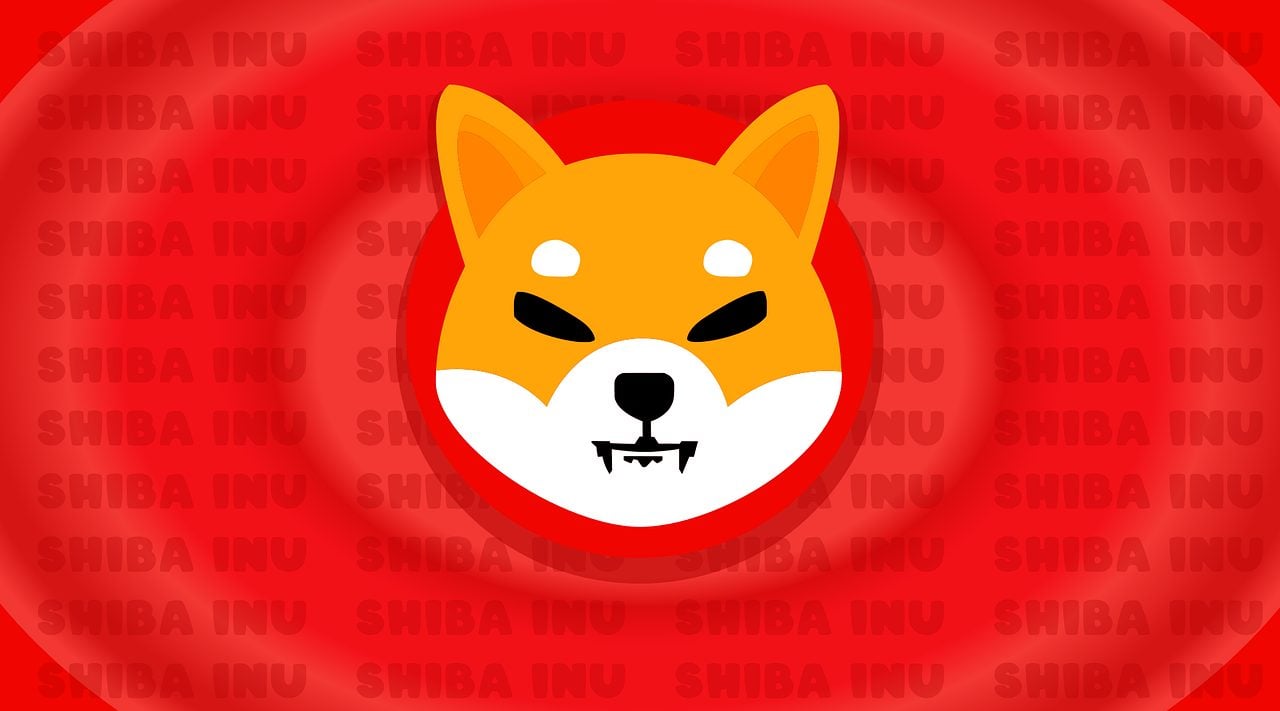
- The top DeFi project released the details about its Version 3, which will include being able to concentrate liquidity in a price range, affording 4,000x capital efficiency.
- It will also allow flexible fees depending on the trading pair volatility, allowing users to earn more fees when they take on riskier tokens.
One of the most anticipated events in the cryptocurrency ecosystem took place yesterday – the announcement of Uniswap’s version 3 (v3). The decentralized exchange (DEX) described v3 as its best effort to make Uniswap the “most flexible and capital-efficient automated market maker ever designed!”
1/
? Today we are thrilled to present a detailed overview of Uniswap v3, the most flexible and capital efficient AMM ever designed!
? Mainnet launch is scheduled for May 5, with a scalable Optimism L2 deployment set to follow soon afterhttps://t.co/NTekDxWVA8
— Uniswap Labs ? (@Uniswap) March 23, 2021
Uniswap’s growth has been stellar, rising to become the king of decentralized finance (DeFi) over the past year. With the rapid rise in users and value locked, Uniswap has had to reinvent itself just a year after launching version 2. And it hasn’t disappointed.
Version 3 introduces new features that set Uniswap apart from its rivals. The most iconic is concentrated liquidity, a feature that allows liquidity pools to choose what price range they allocate their capital to.
In v2, liquidity is distributed across all price ranges between 0 and infinity. For most pools, a majority of this liquidity is never in use. As a result, liquidity pools (LPs) earn fees on a small portion of their capital.
In Uniswap v3, LP’s can concentrate their capital within custom price ranges, providing greater amounts of liquidity at desired prices. In doing so, LPs construct individualized price curves that reflect their own preferences.
By concentrating their liquidity, v3 LPs get to achieve higher capital efficiency. They can provide the same liquidity depth as they would in v2 while putting up far less capital.
At launch, capital efficiency gains will max out at 4,000x for LPs providing liquidity within a single 0.10% price range.
5/
? Concentrated Liquidity means LPs can earn the same amount of fees with just a fraction of the underlying capital, while keeping more of their total portfolio in desired assets!
? Capital efficiency gains max out at 4000x for LPs adding liquidity to a 0.10% price range pic.twitter.com/aLUvBmbPGp
— Uniswap Labs ? (@Uniswap) March 23, 2021
Flexible fees and advanced oracles
Uniswap v3 also offers LPs three separate fee tiers per pair – 0.05%, 0.30%, and 1.00%. “This array of options ensures that LPs tailor their margins according to expected pair volatility.”
For the LPs, this will allow them to provide liquidity in more volatile assets as they will get to earn more fees. Previously, all trades in Uniswap pools have had a 0.03% fee for trading. This model worked well for some assets but disadvantaged others, as the v3 whitepaper notes.
While this fee historically seems to have worked well enough for many tokens, it is likely too high for some pools (such as pools between two stablecoins), and likely too low for others (such as pools that include highly volatile or rarely traded tokens).
Version 3 also upgrades the Uniswap oracles. V2, which launched in May last year, introduced the concept of time-weighted average price (TWAP) oracles. They store cumulative sums of pair prices on a per-second basis. They allow users to calculate an accurate TWAP over a trading period by checking the price at the beginning of a session and at the end. These went on to become a hit, with other major DeFi projects like Compound integrating them.
V3 is upgrading these oracles and giving them the ability to provide much more data over a 9-day period. These advanced oracles will be cheaper and easier to use, allowing users to fetch data such as “simple-moving averages (SMA), exponential moving averages (EMA), outlier filtering, and more.”
Preventing another SushiSwap
Uniswap is the undisputed DeFi king. As per data from DeFi Prime, in the past 24 hours, Uniswap processed $1.1 billion in trading volume. This was 53.2% of the volume traded on decentralized exchanges, showing Uniswap’s utter dominance.
The second-largest DEX is SushiSwap, trailing at $318 million for a 14.8% market share. SushiSwap is the product of Chef Nomi, a pseudonymous developer. Chef Nomi copied Uniswap’s code in August last year and created a new project, complete with its own token, SUSHI.
At the time, Uniswap didn’t have its native UNI token and as a result, a lot of liquidity exited Uniswap and headed for its new rival. Uniswap has since then launched its token, which has gone on to become the eighth-most valuable in the market. With a $16 billion market cap, it’s 8 times more valuable than SUSHI.
This incident has made Uniswap more cautious with its products. While launching v3, the project ensured it inserted a business source license that prevents any other entity from copying this code. The license expires after two years.
Subscribe to our daily newsletter!
No spam, no lies, only insights. You can unsubscribe at any time.
We strongly believe decentralized financial infrastructure should ultimately be free, open-source software. At the same time, we think the Uniswap community should be the first to build an ecosystem around the Uniswap v3 Core codebase.




